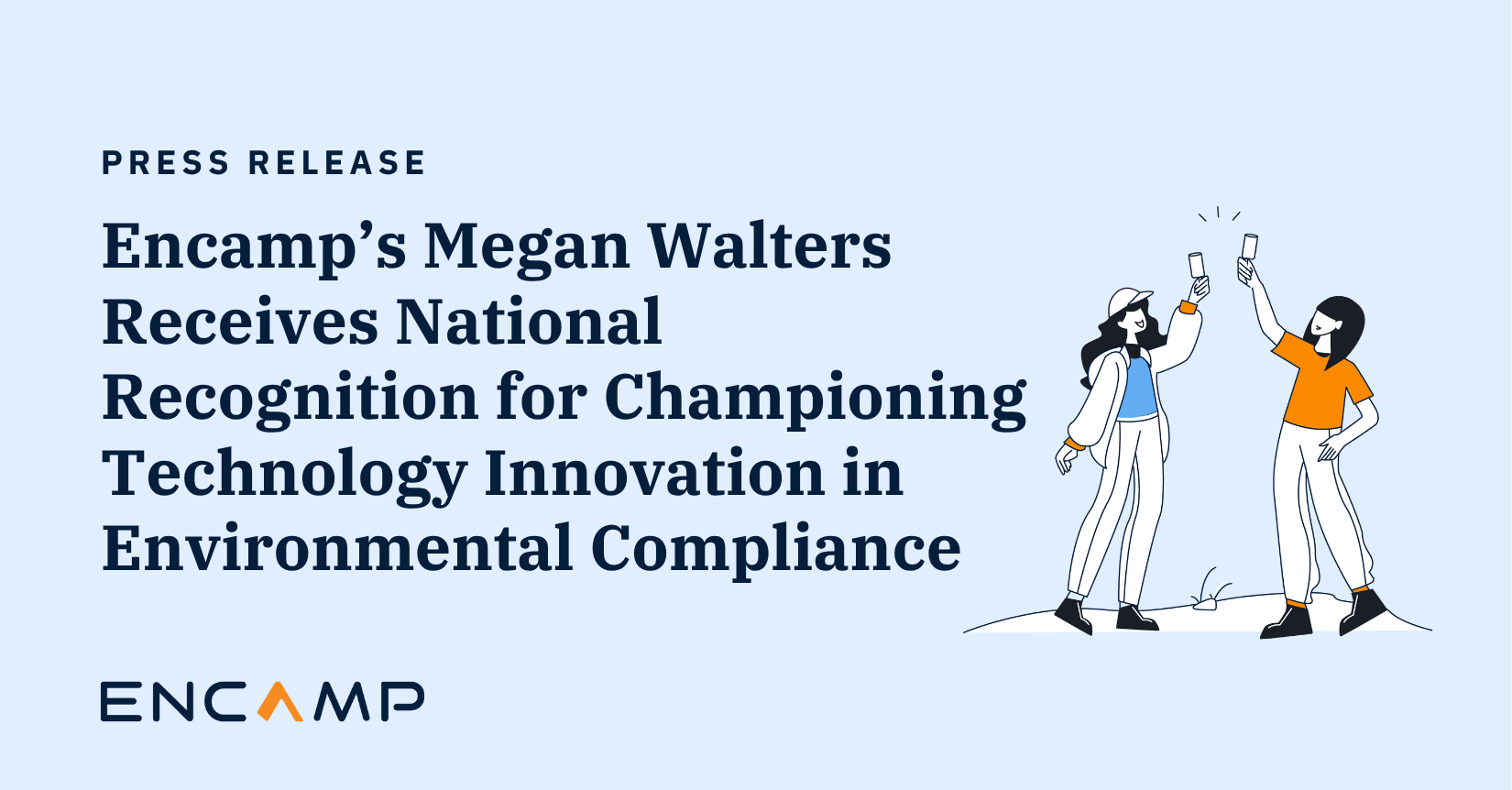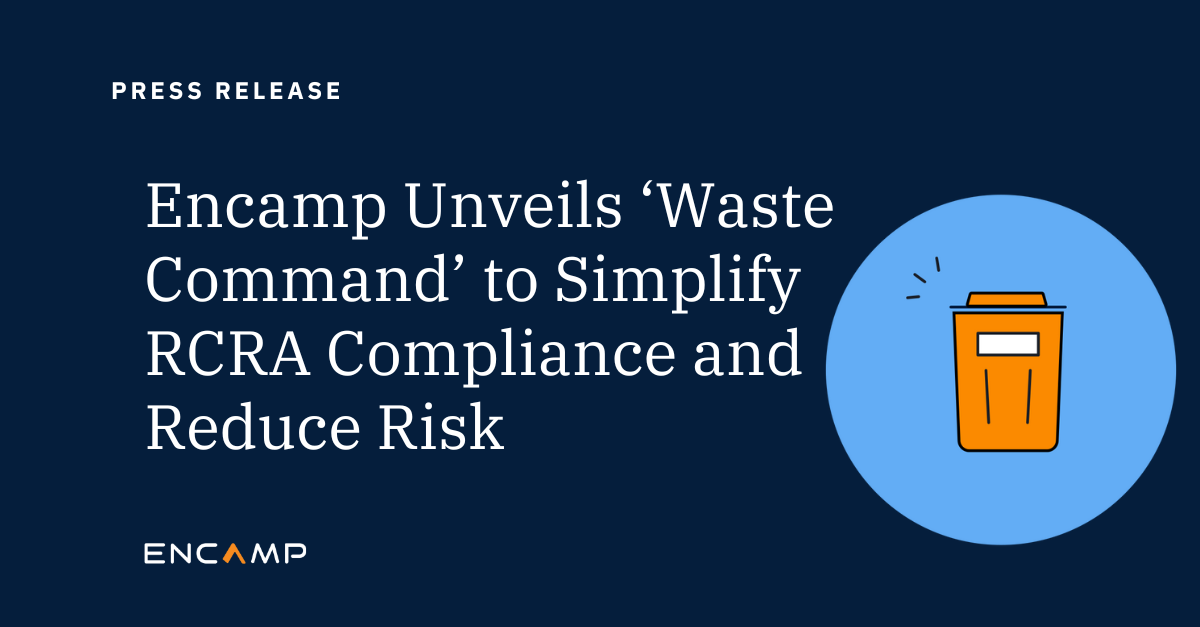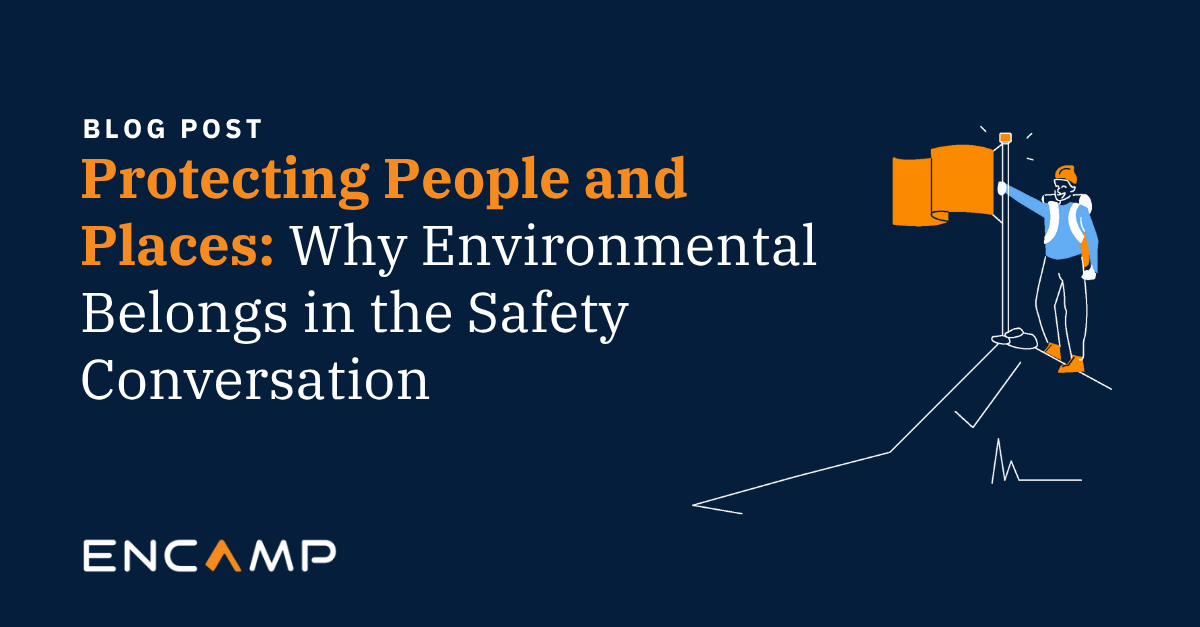The world generates about 400 million tons of hazardous waste annually—almost 13 tons every second. Regulations require facilities producing this waste to know its composition and manage it properly to protect the health of their employees, the environment, and the public.
To gain a clear picture of its waste, organizations conduct a waste characterization, which includes understanding the waste generation process, conducting lab testing and documenting results accurately and thoroughly around processes for future inspections, audits, and reference.
Under the Resource Conservation and Recovery Act (RCRA), the U.S. EPA identifies four characteristics of hazardous waste:
- Corrosivity: Acids or bases capable of corroding metal containers, including barrels, drums, and storage tanks. Examples include battery acid and sodium hydroxide solutions.
- Ignitability: Spontaneously combustible or has a flash point of less than 140 degrees Fahrenheit. Examples include used solvents or waste oils.
- Reactivity: Unstable under “normal” conditions, the material can undergo violent reactions, cause explosions, and generate toxic fumes, vapors, gases or explosive mixtures when heated, compressed, or mixed with water. Examples include explosives and lithium-sulfur batteries.
- Toxicity: Harmful or fatal when absorbed, inhaled, or ingested. Examples include mercury or lead.
This article will dive deeper into the ins and outs of waste toxicity characterization and how to decipher laboratory test results.
Assessing Waste Toxicity
Toxic waste presents a threat to people, animals, and the environment, whether it infiltrates streams, the ground, or the air. To qualify as toxic, a waste would include one or more contaminants. The toxicity characterizations list contains 40 contaminants, including arsenic, benzene, chloroform, and silver. Some toxic compounds, like mercury and lead, survive in the environment for several years and accumulate over time.
Toxicity Characteristic Leaching Procedure
Toxicity is defined through a laboratory analysis called the Toxicity Characteristic Leaching Procedure (TCLP)—or Test Method 1311—found in the EPA publication SW-846. Lab technicians use this method to simulate typical solid waste landfill conditions and identify wastes likely to leach specific toxic metals, pesticides or organic compounds into the soil or groundwater.
Facilities use a TCLP test to analyze samples in various states (solid, liquid, or multi-phase, like a sludge sample). For liquid samples, the TCLP allows lab workers to analyze filtered liquid in samples with less than 0.5 percent of dry solid material—no leaching test required.
The solid and multi-phase samples require a more complex testing process. Lab techs blend the solid material with an extraction liquid equal to 20 times the weight of the original sample. Next, the brew mixes in a tumbler for a minimum of 18 hours to simulate the leaching action of precipitation seeping through the waste in a landfill. The techs then:
- Remove and discard the solid portion after the tumbling process ends.
- Combine the liquid portion with any liquid filtered from the original sample.
- Analyze this final liquid mixture using specific methods for metals and chemical compounds.
- Report results in milligrams per liter (mg/L).
The TCLP includes a specific list of inorganic and organic compounds, with regulatory levels for each compound.
Total Waste Analysis
While a TCLP test analyzes a waste’s likelihood to leach toxic compounds into the environment, a total waste analysis—or totals analysis—tests for the total concentration of a compound present in a sample. These tests will yield results different from TCLP tests.
Organizations typically use a totals analysis for screening samples early in a characterization because of shorter turnaround times and lower costs. Sometimes, organizations can retrieve a prior totals analysis from a predictable or single-source generation process.
The totals analysis can determine if further testing via the TCLP needs to happen to definitively characterize a waste. Section 1.2 of Method 1311 permits a totals analysis in place of the TCLP when the waste lacks contaminants of concern or they are present in low enough concentrations that they do not exceed the minimum regulatory level.
The ‘Rule of 20’
For screening of solid samples, some organizations use the ‘Rule of 20’ for equating a totals analysis with a predicted TCLP result. If all of a sample’s tested compound leaches into the extraction fluid during the tumbling process, the concentration of the compound in the extraction fluid will always be 20 times less than its original concentration.
This 20:1 dilution allows waste-producing facilities to compare totals results to the RCRA TCLP toxicity limits by dividing total concentration results by 20. If the result of a Rule of 20 test is lower than the RCRA toxicity limit for a given contaminant, the waste is not a toxicity characteristic waste for this compound. Even if the contaminant leaches into the extraction fluid during the TCLP process, the amount will not exceed the TCLP limit for that contaminant.
For example, the RCRA TCLP toxicity limit for lead is 5.0 mg/L. If the lead totals analysis for a waste sample is 70 mg/L, the sample could not leach enough lead into the sample extraction fluid to exceed the TCLP limit because 20 times the TCLP limit for lead is 100 mg/L.
The Rule of 20 does have a few exceptions. Organizations must perform additional sampling if a totals result exceeds 20 times the RCRA TCLP toxicity limit, as the waste could be hazardous. And while the Rule of 20 serves as a reliable screening tool, a treatment, disposal, and storage facility (TSDF) must decide whether the waste needs more sampling before profile acceptance.
It’s also important to note that several states also designate toxicity criteria above and beyond the federal thresholds. California, in particular, identifies waste as toxic by one or more of the eight subsections of this characteristic outlined in 22 CCR section 66261.24.
Regulations require hazardous waste generators to characterize all wastes generated at their facilities and provide documentation proving that non-hazardous wastes really are non-hazardous. Because regulators can ask for characterization information for non-hazardous wastes, facilities should maintain that documentation as well.
Hazardous wastes can be an unavoidable byproduct of industrial processes. Accurate waste characterization helps facilities determine and most effective processes to handle, store, recycle and dispose of any hazardous waste to protect humans and the environment.
References:
Jackie Velazquez
Jackie has worked in the environmental industry since 2008 and came to Encamp in 2021 after more than six years at Marathon Petroleum Corporation, where she was an environmental supervisor and later an Advanced Environmental Professional for state and federal regulatory advocacy support. Prior to Marathon, Jackie was a manufacturing environmental engineer for Ford Motor Company, and a consulting environmental engineer for Leggette, Brashears & Graham, Inc. She is a graduate of Marquette University, where she earned a B.S. in Civil & Environmental Engineering.



